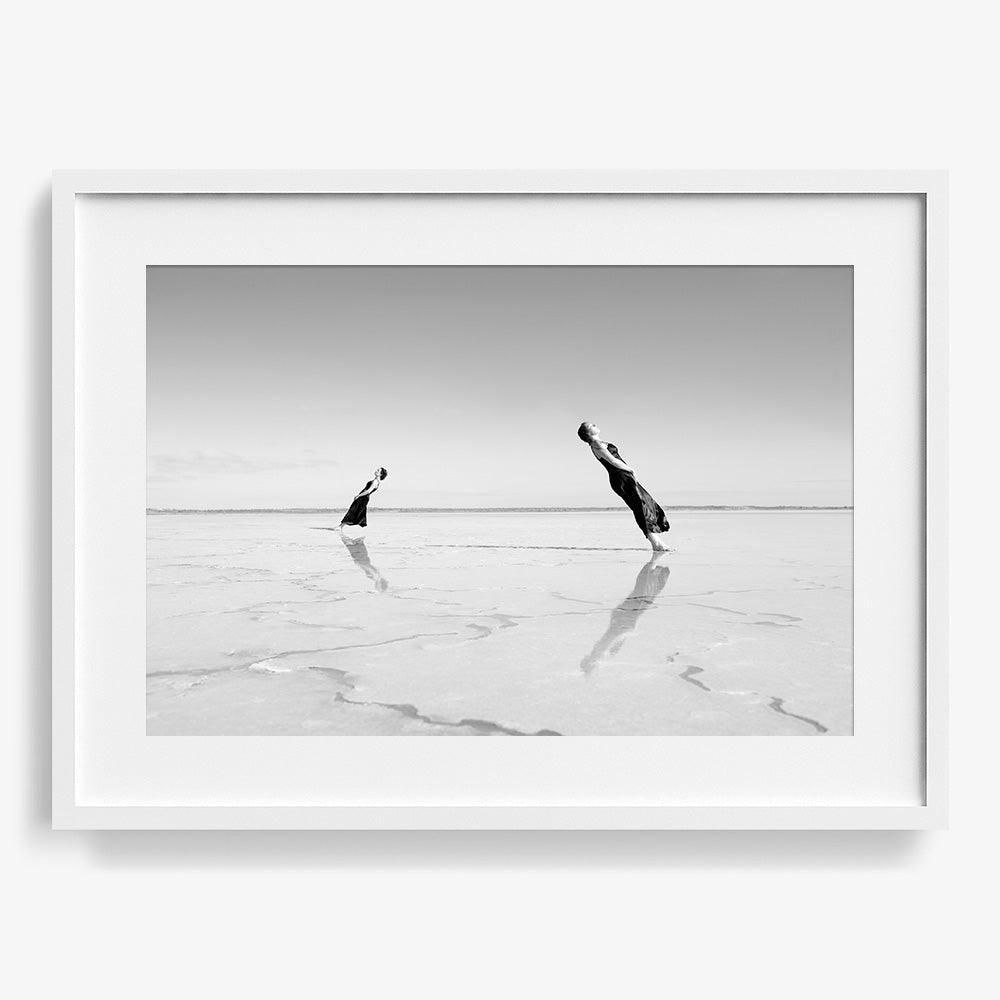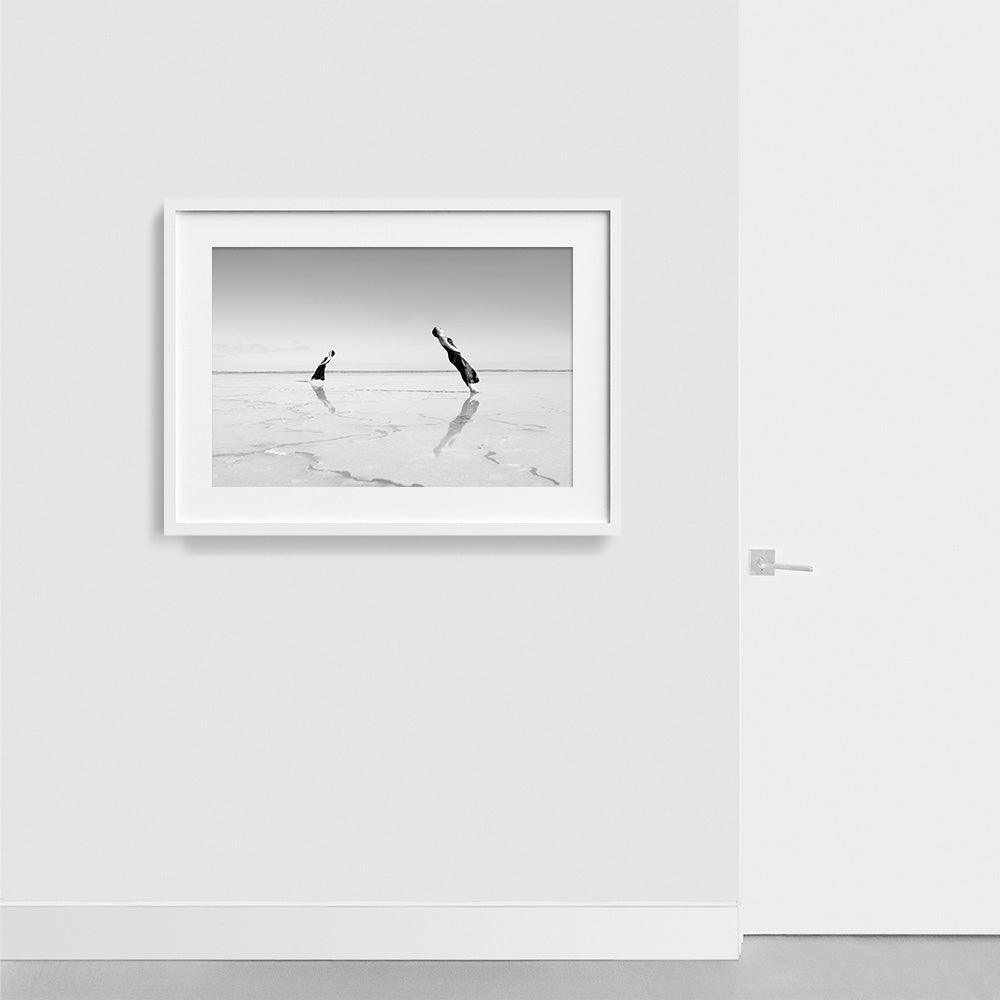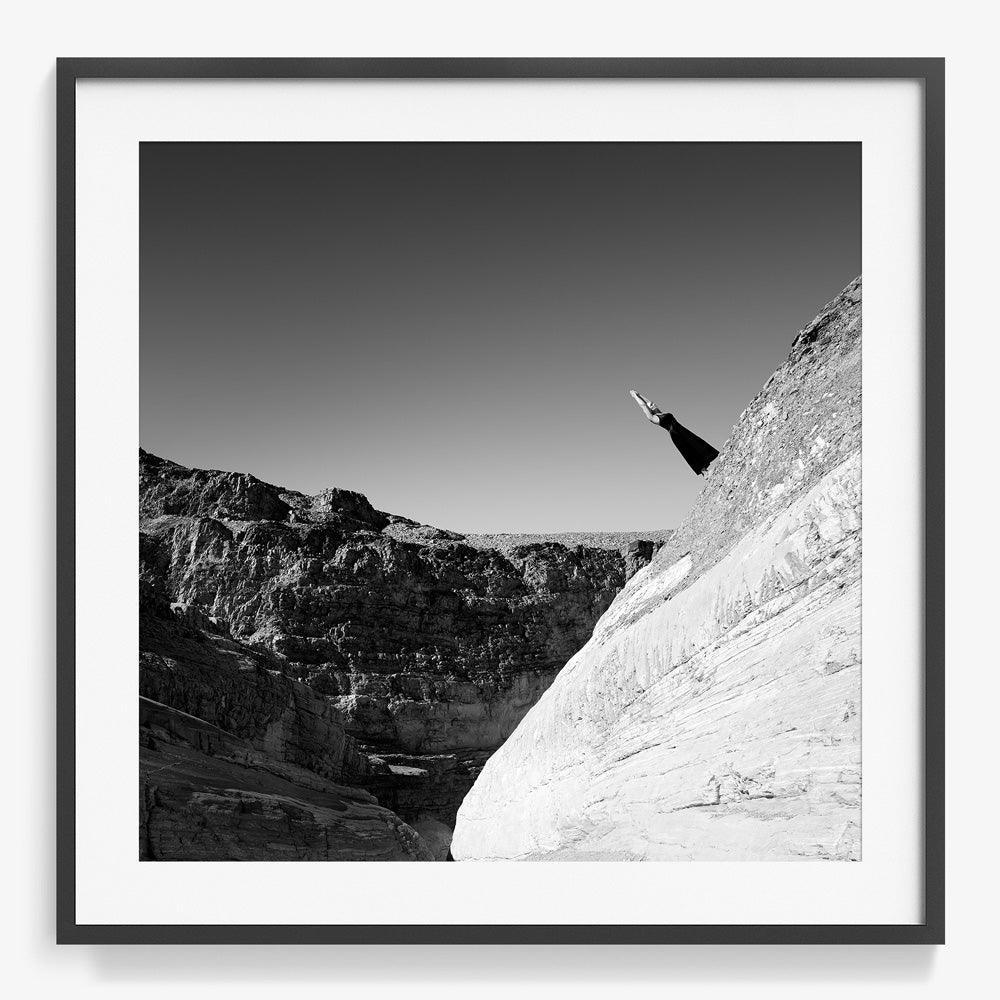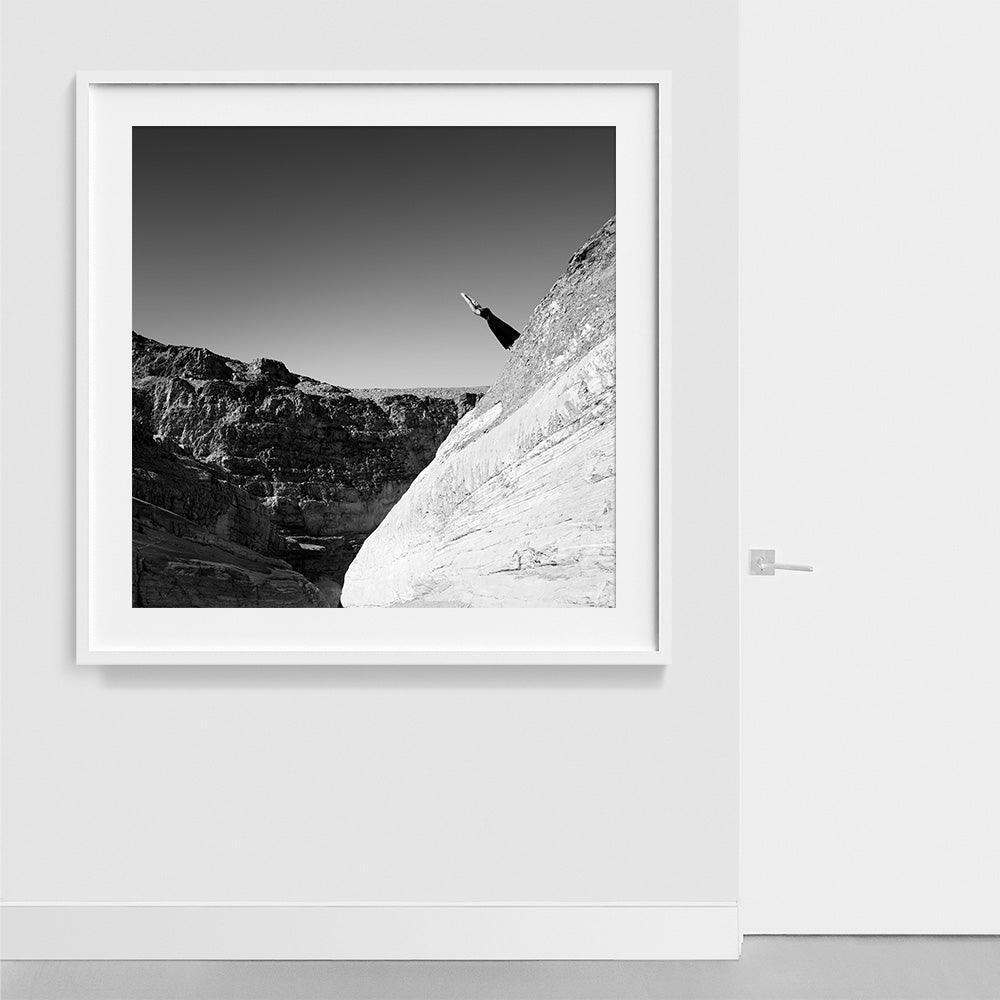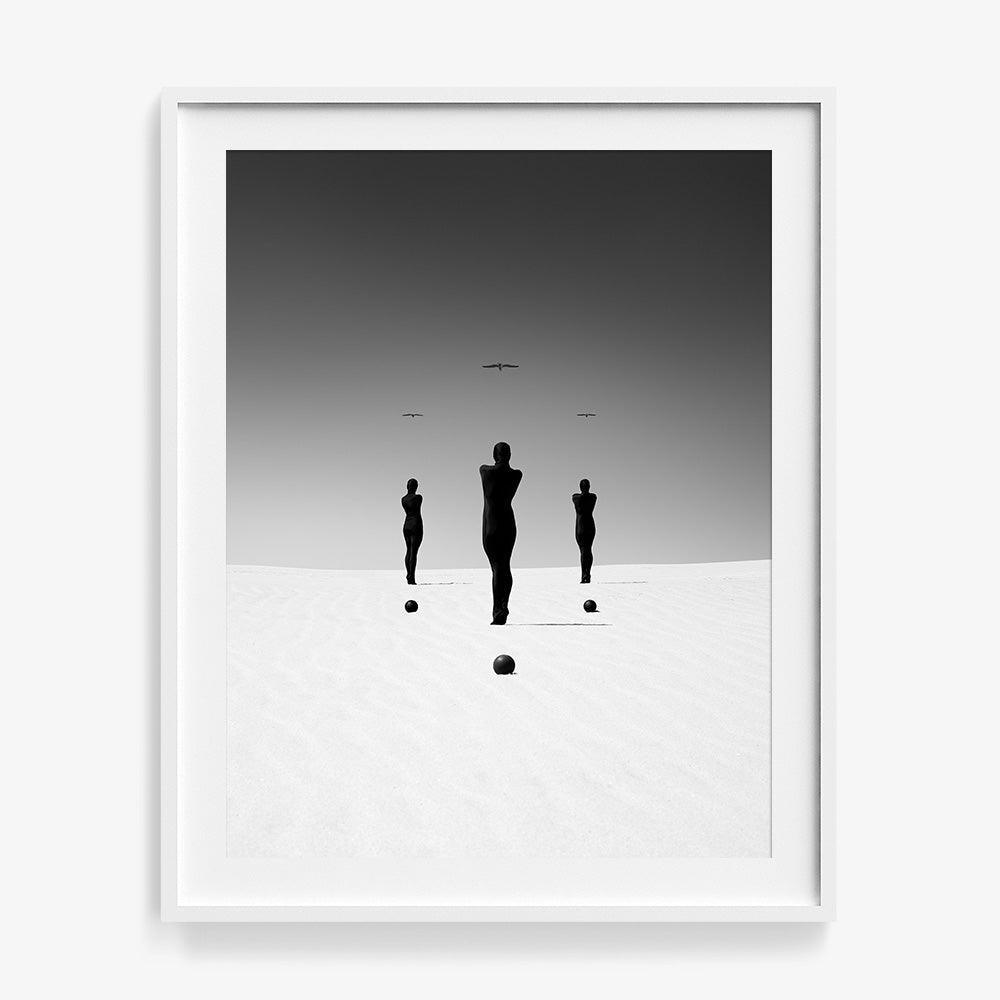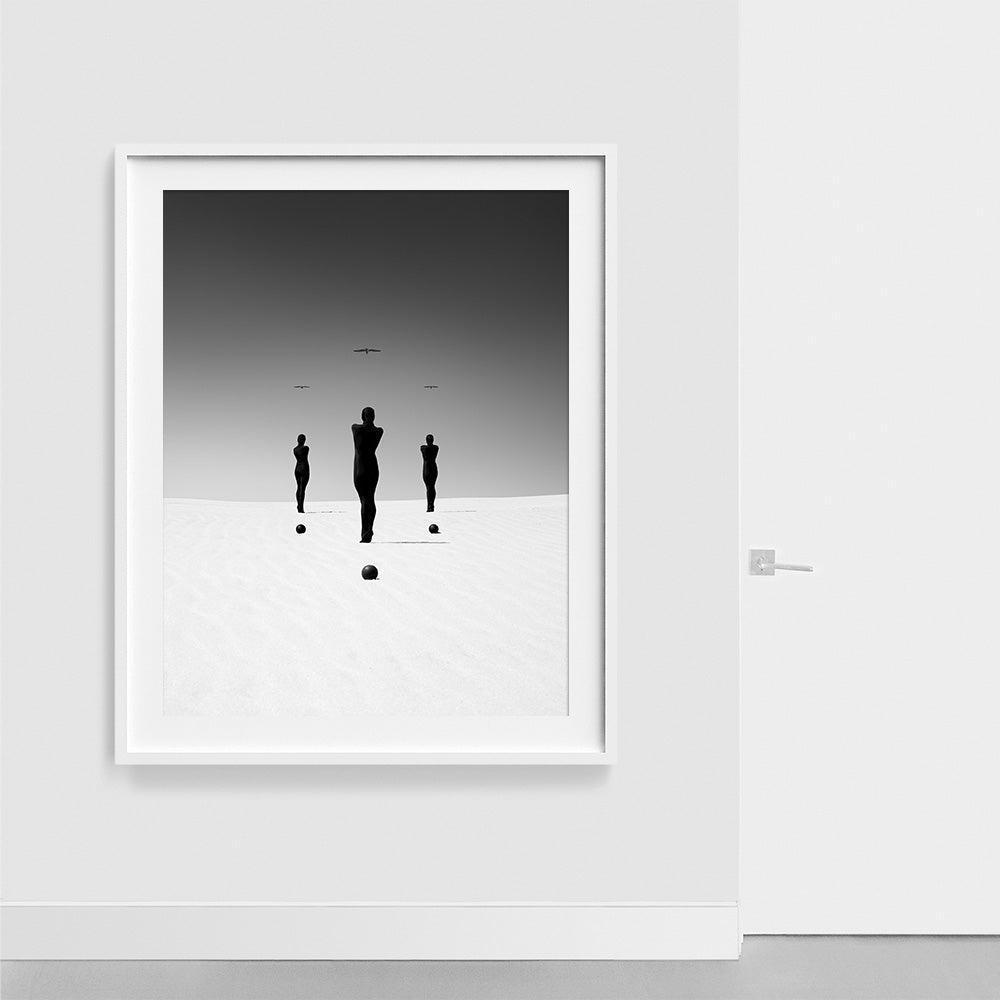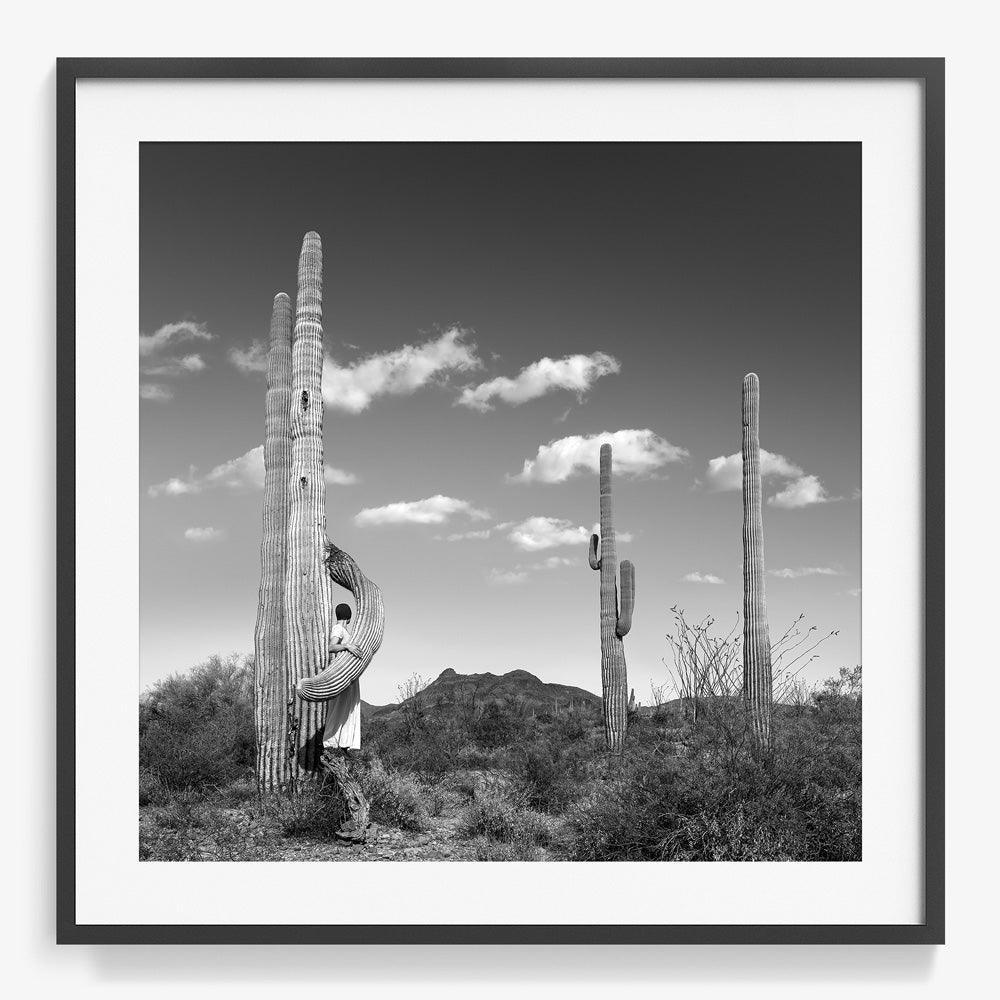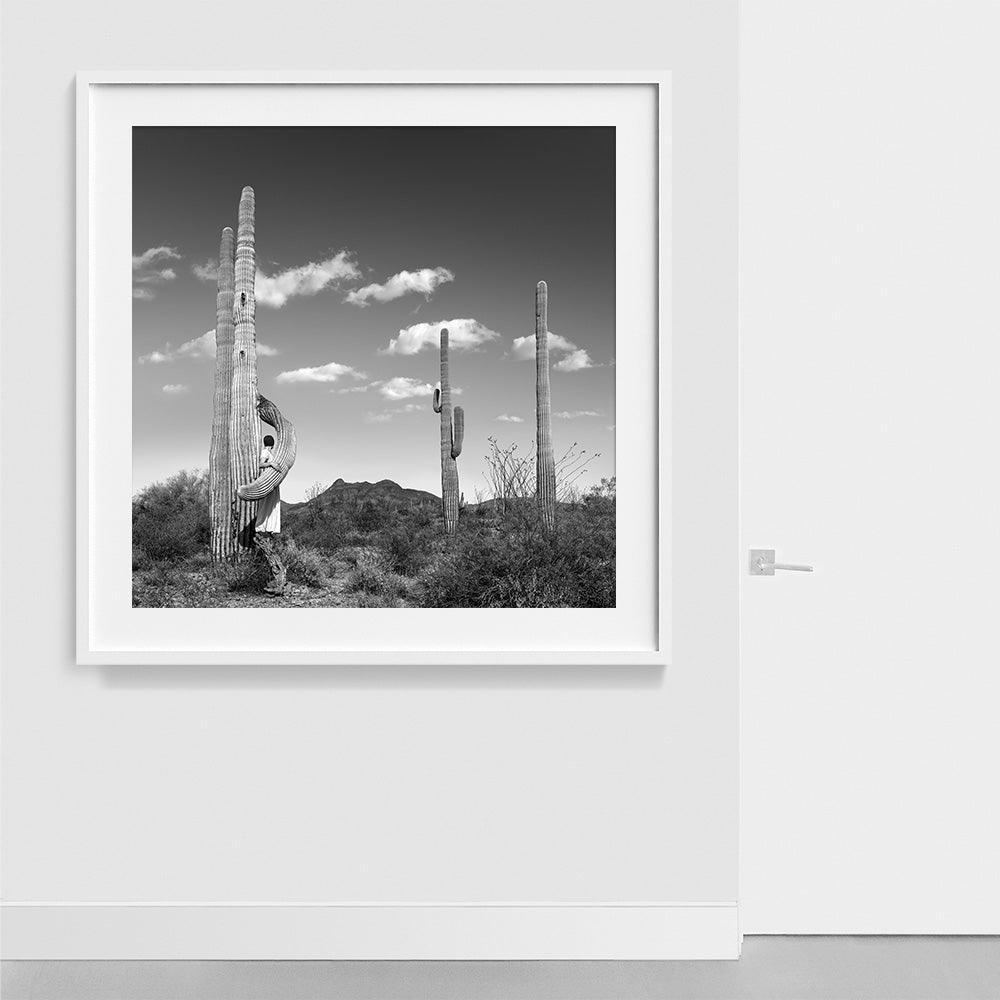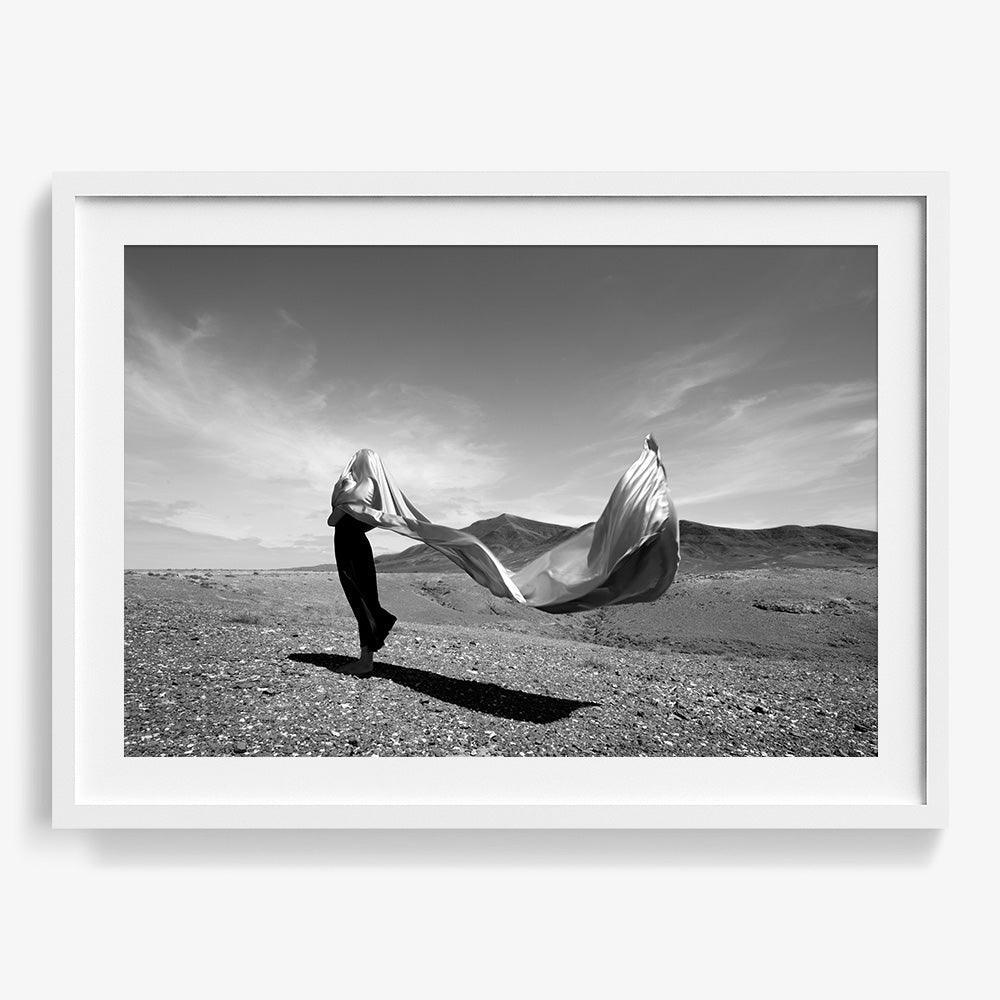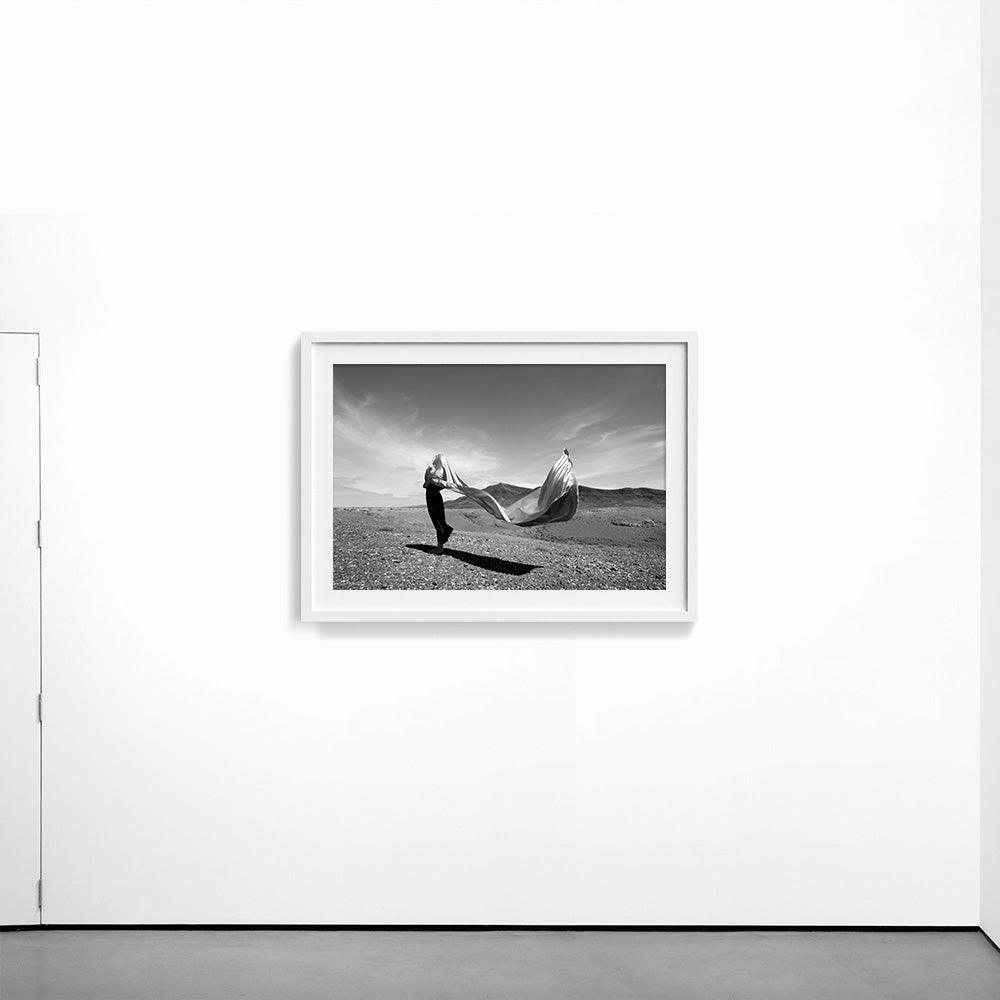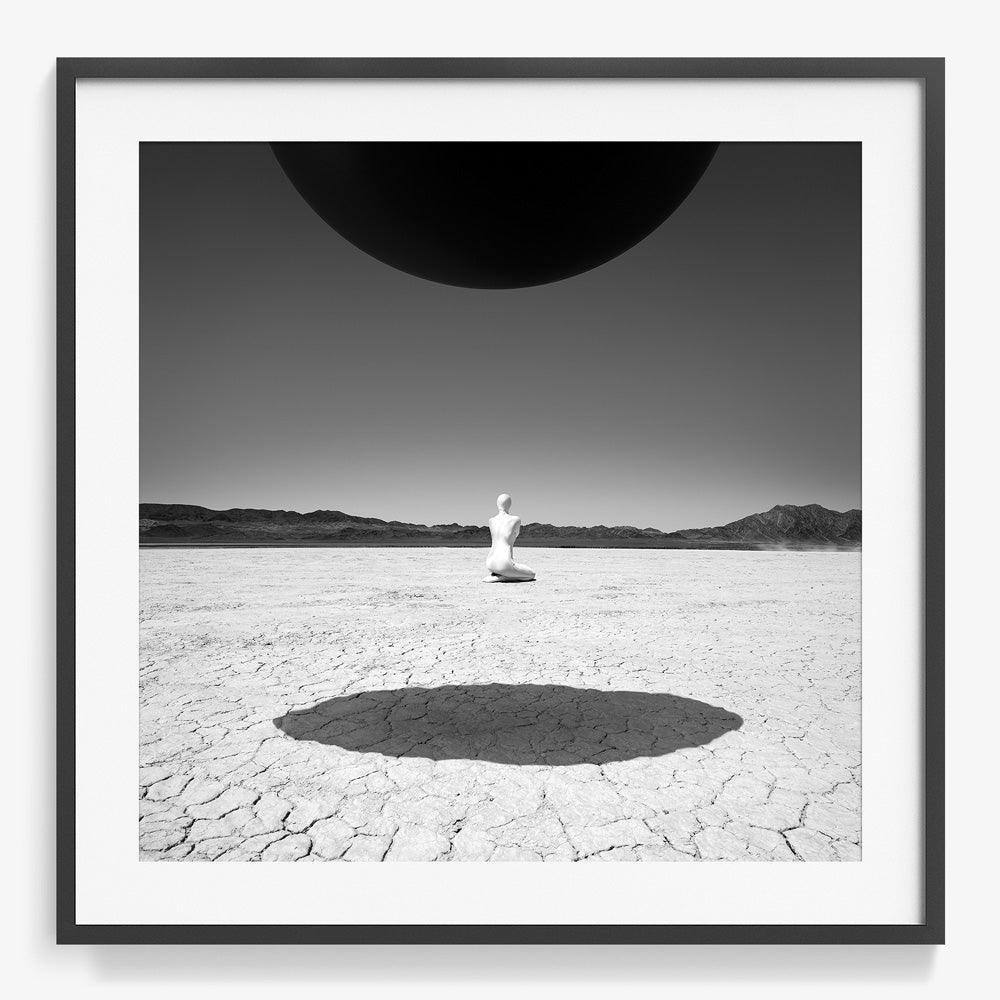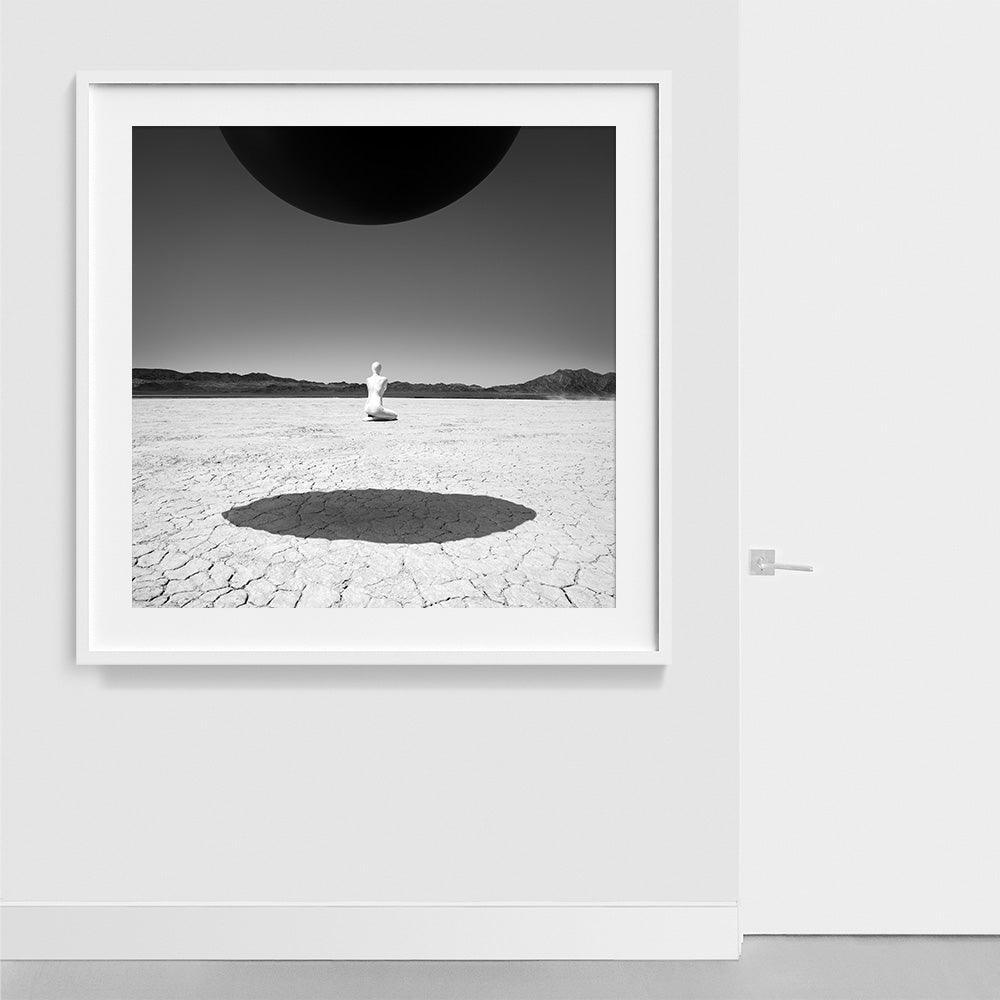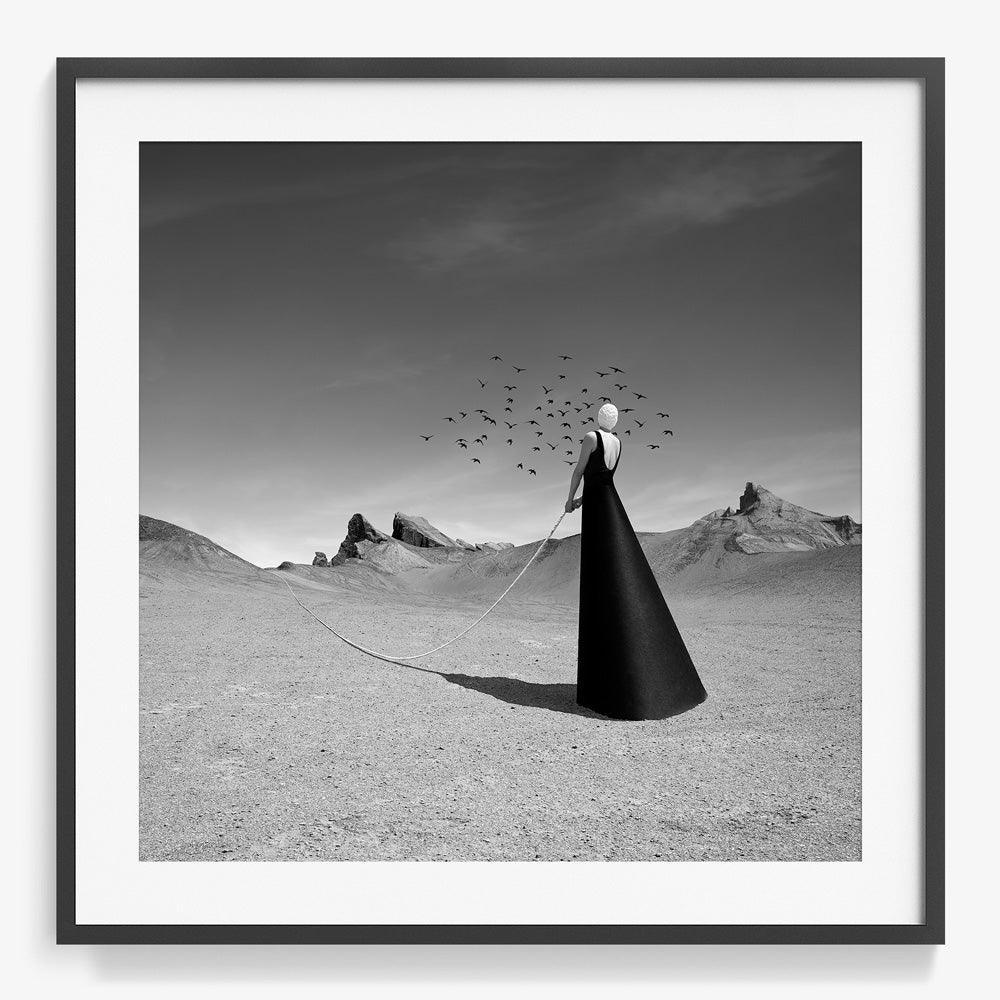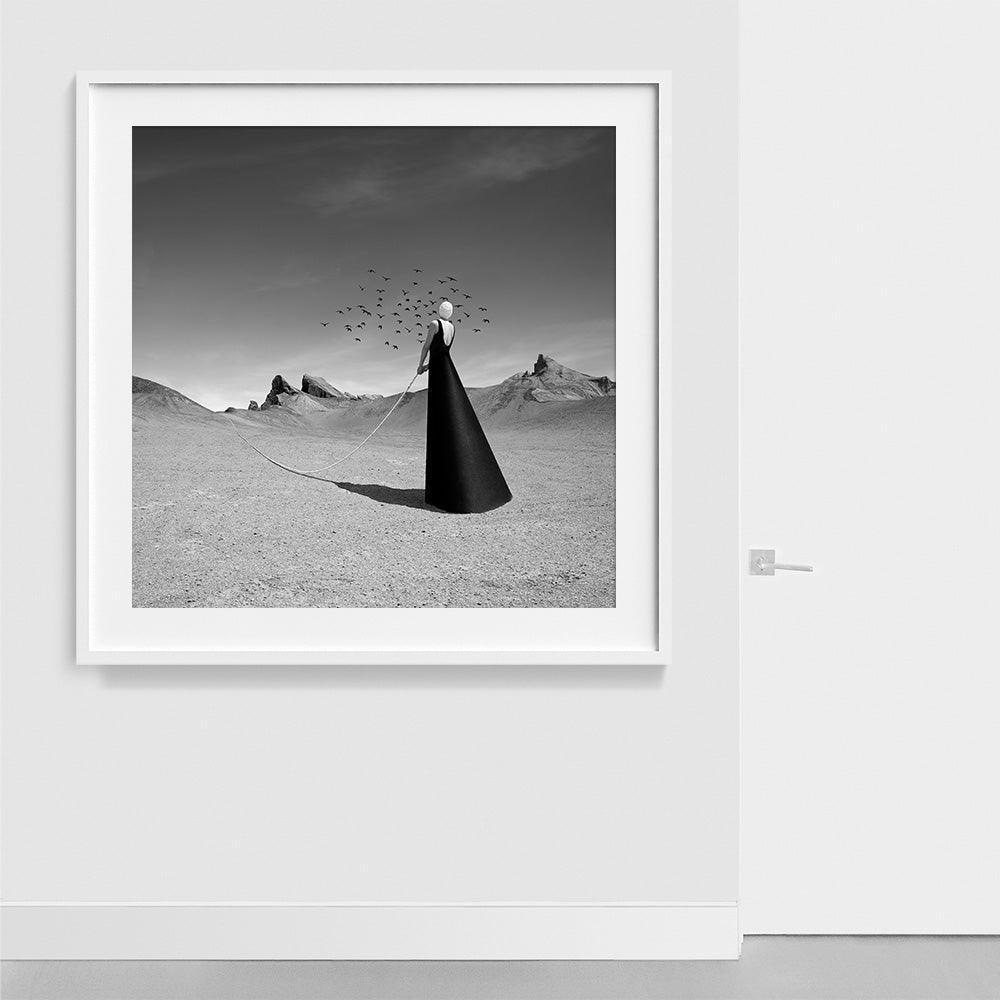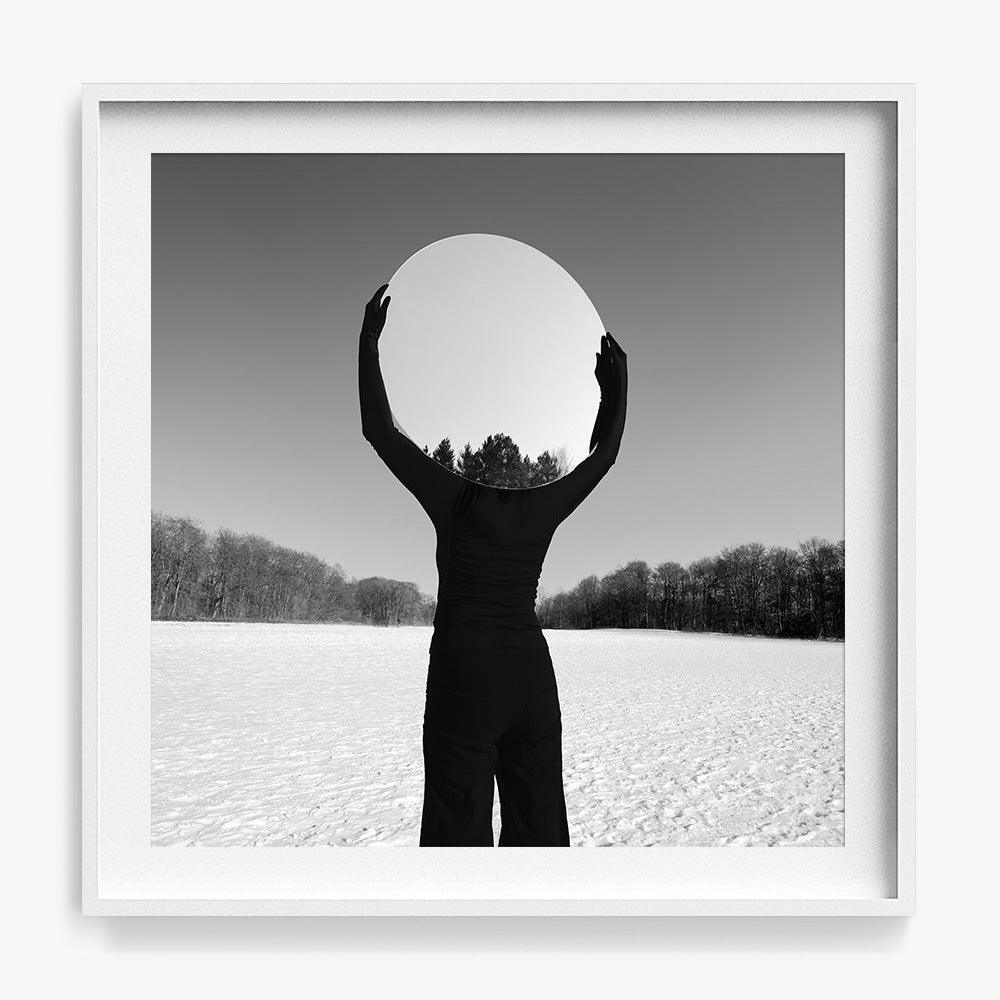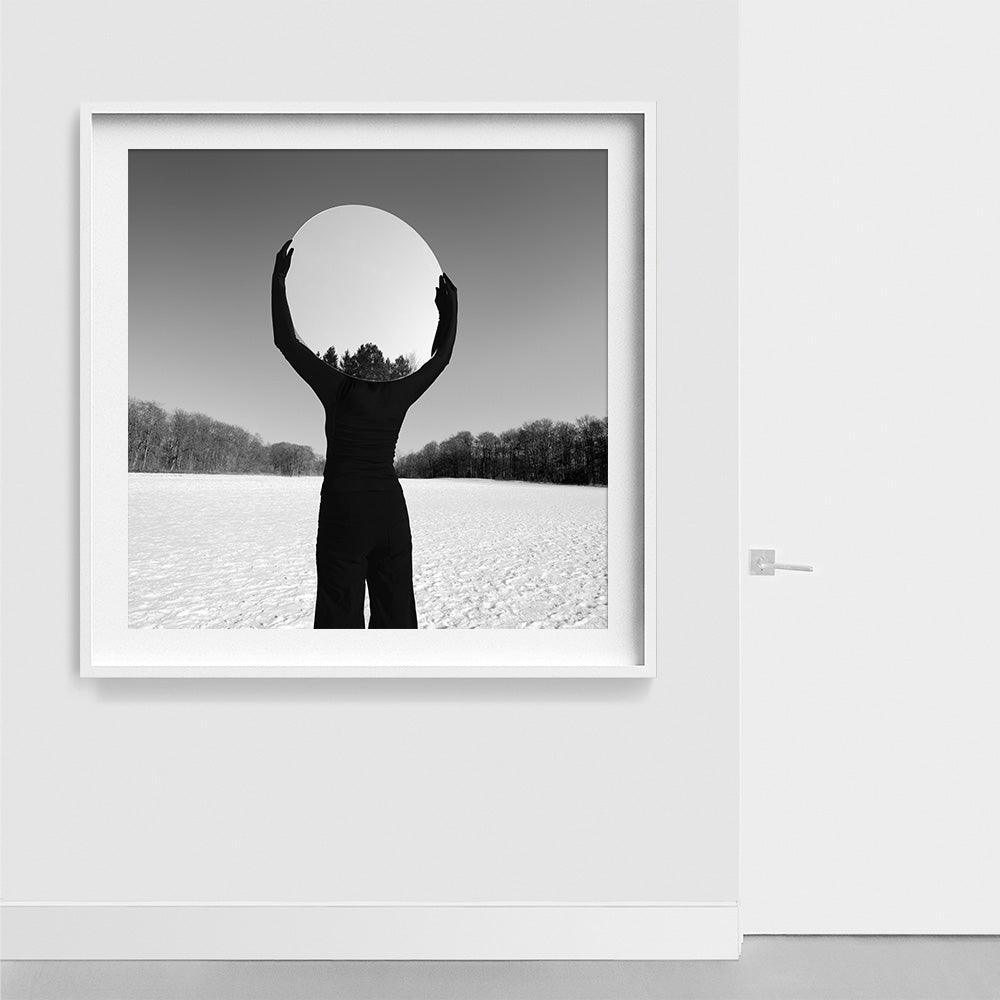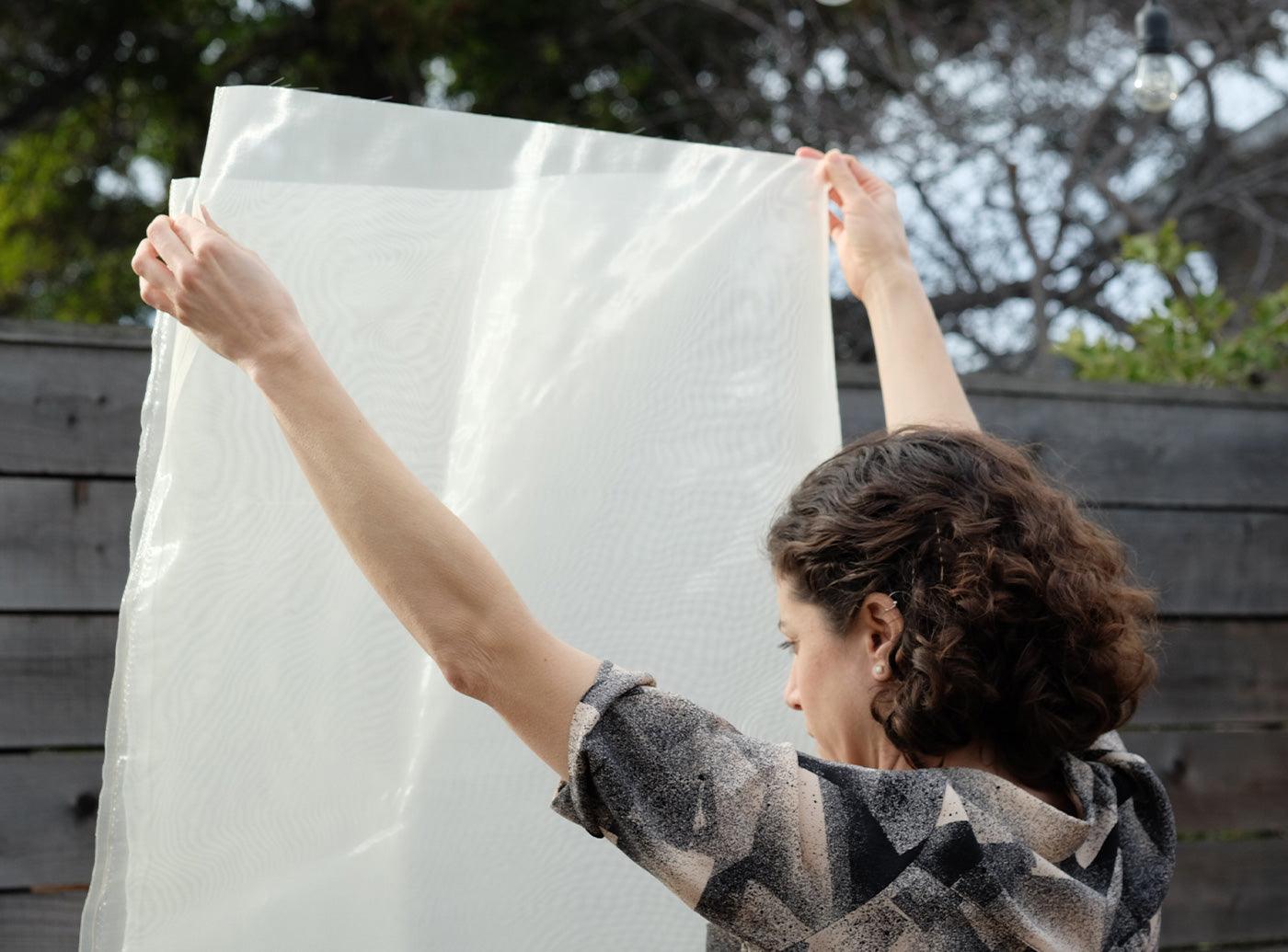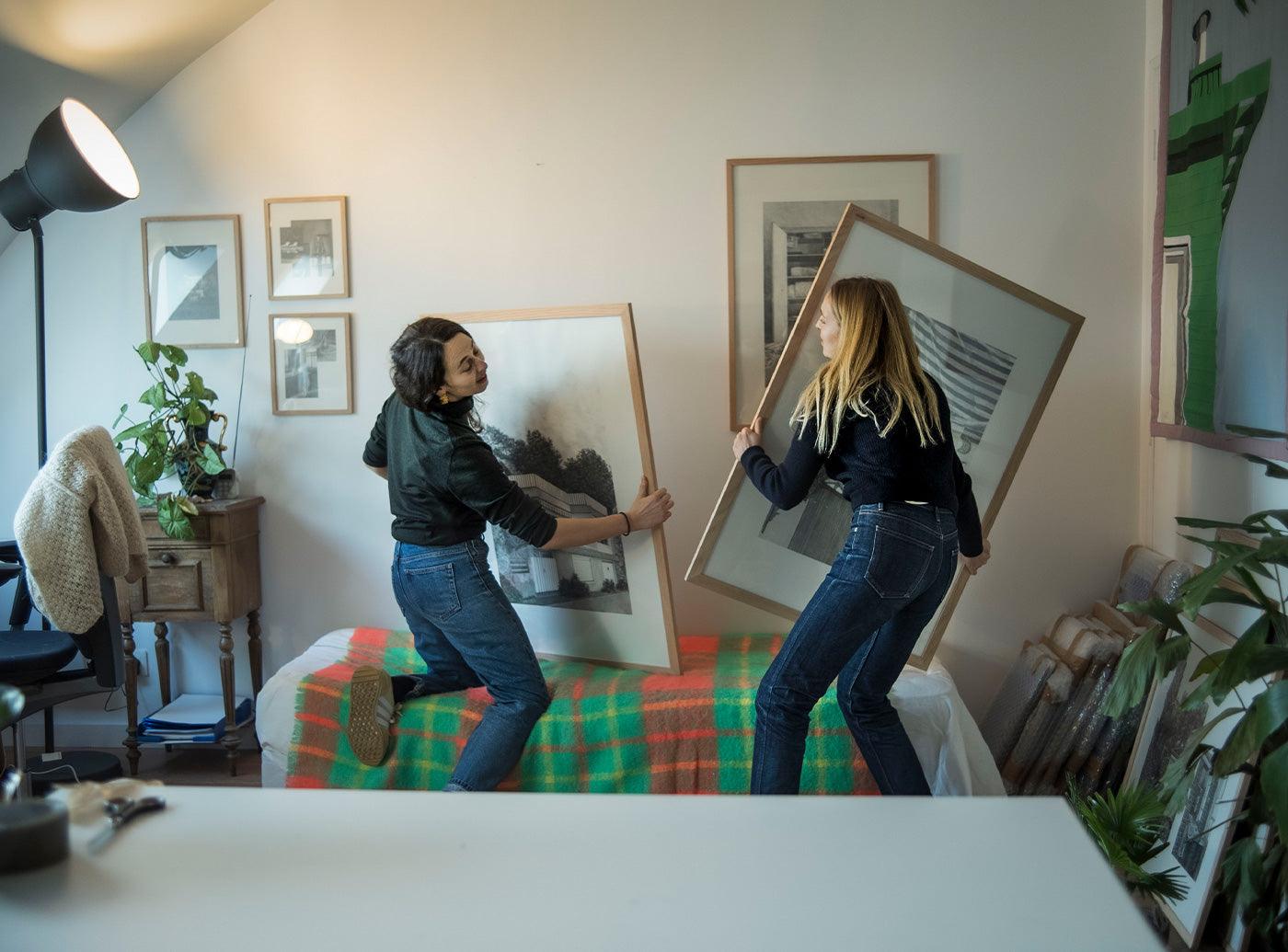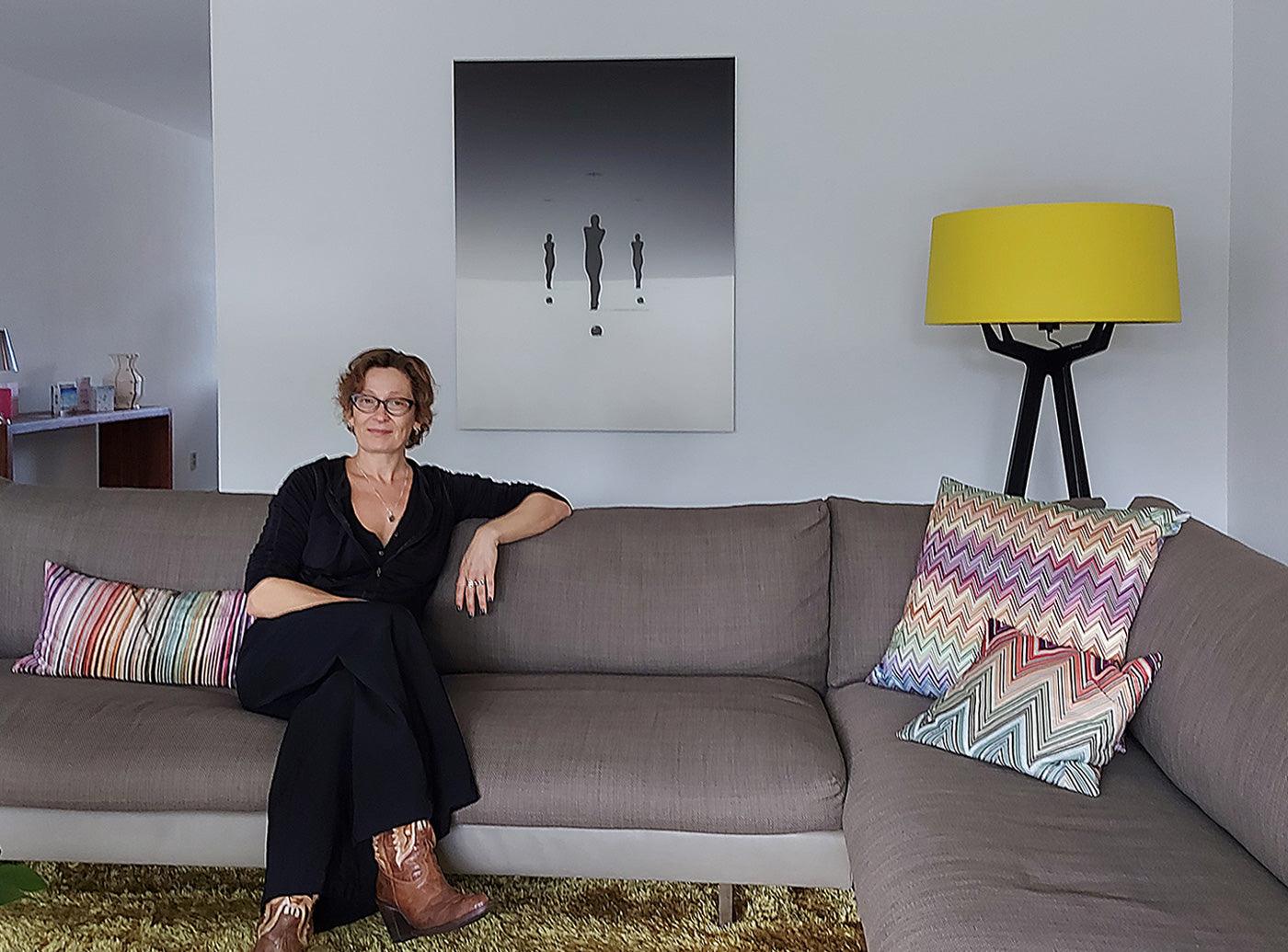
In the Studio | Astrid Verhoef
Welcome to the studio of Astrid Verhoef, a fine art photographer based in Amsterdam, The Netherlands. Her surreal photographs explore the complicated relationship between humans and nature, specifically peoples’ simultaneous urge for control over nature and desire for synergy with it. Read on to learn about her surrealist influences, imaginative creative approach, love of Pink Floyd, and more.
TAPPAN
How would you describe your creative process?
ASTRID VERHOEF
It’s important to me that ideas come from a world of possibilities—to be able to create in a state of mind with as much freedom as possible, and to be engulfed in unlimited imagination. This means that I don’t usually conceptualize each piece individually, rather I conceptualize a whole body of work. The initial concept needs to be open to interpretation. It can be a question, a paradox, or an emotion, which functions as a base or subtle direction for the imagination. If it’s a question—such as “What’s your connection to the natural world?”—the first thing I do is resist the urge to answer it. Once the question is answered, its meaning and value is immediately limited. I’d rather live in the question and let my mind travel through all the possibilities it holds. Imagination thrives in freedom. That’s when ideas are visualized from within, like fleeting glimpses from the subconscious. Through every piece of work the concept takes on more shape, much like a sculptor slowly reveals a figure within marble.
TAPPAN
What’s your philosophy in the studio?
ASTRID VERHOEF
I’m not sure if you’d call this a studio philosophy, but most of my work originates from the belief that the most precious and valuable aspects of life are intrinsic to life itself. To me, imagination is the key to exploring those aspects.
TAPPAN
Describe your work in three words.
ASTRID VERHOEF
Imagination, freedom, intrinsic.
TAPPAN
Do materials and methods dictate your ideas, or vice versa?
ASTRID VERHOEF
I tend to think in shapes and composition, then I try to figure out what material best fits the idea. But sometimes the material can be just as inspiring. For example, one piece of the “Inscapes” series started with a discarded chair. It was old and useless, but showed a lot of character—imagine all the people it had met and all the stories it’d heard. I love how you can alter the meaning of things by changing the context in which they’re perceived. So by placing this particular chair in a landscape, it became something else. I added a rock and a human shape to the image, and together they formed an odd but strong trinity amidst the vast emptiness of the desert. The chair has an out of place artificiality and the rock connects to the natural environment, leaving the human linked to both, yet somewhere in between.
Astrid Verhoef says:
“When I started to adopt a more theatrical style and add human presence into my landscapes, I couldn’t deny the influence of surrealists like Magritte, Dalí, and de Chirico.”



TAPPAN
What motivates you?
ASTRID VERHOEF
The idea that we can shape our own reality. It’s not a fact that we have to accept; we have the ability to influence it by our ideas and perspectives.
TAPPAN
Which work has taken you the longest to complete?
ASTRID VERHOEF
It depends on how you look at it. I traveled for years with a giraffe mask in my luggage, searching for the right location and idea to take shape. I took that thing everywhere for about three years until I finally shot a photo in Death Valley as part of the “Urbanite” series.
In terms of the longest shoot, it was probably another image from that same series. I went up and down a small mountain to place myself over thirty times in a single image. There was also this one time in Peru, when I was standing on the salt planes, that I had the idea to put fifty computer mice in one image. Not only did I have to place one mouse in all the places I wanted it to be, but I also had to compile all those separate photos into one image during post-production. That was a lot of work.
Do you prefer silence or sound while you’re working?
ASTRID VERHOEF
Silence on location, music when contemplating.
TAPPAN
Tell us about your hometown. Did you grow up around creative people?
ASTRID VERHOEF
I grew up in Amsterdam. I still live here and love it. It’s pretty small for a city, it’s easy to get out of and lovely to return to. No one in my direct family is an artist or anything like that. But we do share a vivid imagination. I’ve always been surrounded by people, both family and friends, who have a creative way of thinking and use that in their lives and careers in many different ways. We’ve always been able to share ideas and have meaningful conversations.
TAPPAN
What’s the art community like in Amsterdam? Do you spend time with other creatives?
ASTRID VERHOEF
The art scene in Amsterdam is lively. There’s a vibrant gallery scene and of course lots of museums. There’s always an exhibition opening that you can go to and meet other artists. I don’t always have the time to go, but there are so many other ways to meet creatives in many different fields. It’s not too hard to run into them and have good conversations about art, content, context, and such. Apart from that, I meet a lot of interesting people who work in the creative industry through my work for the photography platform Photo31.
TAPPAN
What are some of your interests outside of art?
ASTRID VERHOEF
I enjoy fine dining and cooking, skiing, and every now and then I need a music session. Not that I can play any instrument; I have absolutely no talent there. Either live concerts or simply at home closing my eyes and just listening. This can be a way of meditation with certain kinds of music, inspiring new ideas.
TAPPAN
Are there any tools or mediums that you’d like to explore?
ASTRID VERHOEF
I would like to experiment with the moving image and start filming. Sometimes I feel that movement might add something extra to an image, but it’s a possibility that once I start filming I’ll run back to still images. Movement can add a sense of time, which is interesting to explore as a way of expression, but I also enjoy the timelessness that a photograph can bring. It’s the one medium that can extend a single moment into eternity—I’m not sure what beats that.


TAPPAN
Describe “Inscapes,” the body of work you’re launching with Tappan.
ASTRID VERHOEF
This series is a long-term project that originated on a road trip across the US southwest. I had been working on a former project called “Urbanite,” and during that time my work started to more clearly revolve around the concept of humans’ relationship with nature. “Urbanite” focused on the contrasts I felt as a nature lover who grew up in the urban environment of Amsterdam. To visualize that contrast I used everyday modern objects as metaphors, which resulted in a theatrical visual language with a touch of absurdity and humor. Even though I felt comfortable with the way I was working, I wanted to dive deeper into that relationship and move the focus from contrast to connection—or, at least what is left of our connection to the very things that make our evolved, modern lives possible. A new series was needed on a personal level.
“Inscapes” was the series where I returned to black and white photography. It was a purely intuitive decision; on the road trip, somewhere in southern Utah, I woke up one morning and knew that it had to be done in black and white. I couldn’t explain it at the time, but I went with the feeling. In hindsight I believe it was the right decision. Black and white photography allows me to strip away all possible distractions, similar to the way I’d been trying to eliminate the countless incentives and distractions of modern life by traveling to secluded areas. The lack of color demands a strong focus on composition and content. It can strip a scene to its bare minimum and expose the core of things.
In the years following that road trip, I took every chance to travel and work on “Inscapes.” The series took me from beautiful places in my home country of the Netherlands to Australia, Spain, and the United States.
TAPPAN
If you could travel anywhere to make work, where would you go?
ASTRID VERHOEF
Probably the deserts of the US southwest, Death Valley in particular, or the Outback in Australia.
TAPPAN
Who is one artist, living or dead, that you feel a connection with?
ASTRID VERHOEF
I’d have to say Pink Floyd in the Roger Waters era. This music makes me tap right into the imagination that leads to ideas. Especially “Live at Pompeii” and the slightly different versions of the songs like “Echoes” and "Set the Controls for the Heart of the Sun."
TAPPAN
Tell us about an artist whose career you admire.
ASTRID VERHOEF
I really admire the French fashion photographer Guy Bourdin. He truly changed fashion photography and opened the door to a surreal and absurd visual language in the industry (obviously inspired by the likes of Man Ray and the surrealist painters). I love his minimal yet bold approach, playing with context and surprising angles.
TAPPAN
If you could have a drink with any artist, who would it be?
ASTRID VERHOEF
Oh, such a difficult question. Probably a different one every time you ask me. The first that comes to mind is Douglas Adams.
TAPPAN
Are there any quotes or phrases that you think about often?
ASTRID VERHOEF
If you were to ask my friends, they would probably go with “could be worse...could be raining” from the 1974 movie Young Frankenstein. Being from The Netherlands, it has a very funny and positive feel to it—it doesn’t matter what situation you’re in, it always could be worse if it were raining. But the most touching, beautiful, soothing, and inspiring quotes come from Pink Floyd’s “Echoes”:
“Cloudless everyday
Inviting and inciting me to rise
And through the window in the wall
Come streaming in on sunlight wings
A million bright ambassadors of morning”




